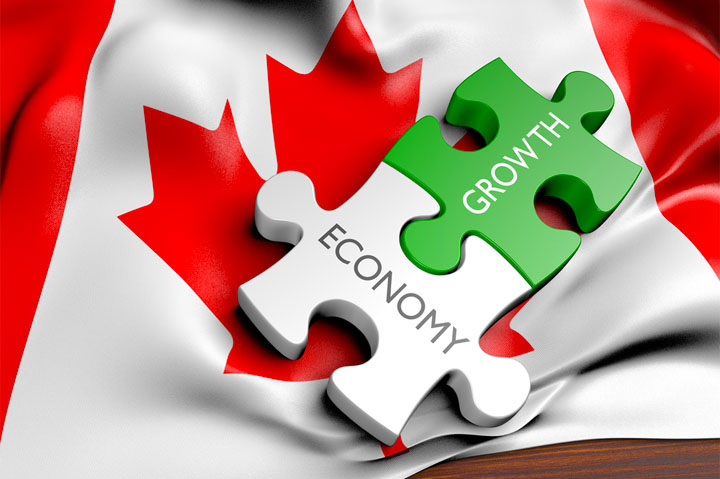CANADIAN NEWS March 23, 2023
As Inflation Cools in Canada, Industry Companies Contend With Ongoing Challenges
Staffing and price uncertainty are putting companies to the test, even as end-buyer demand remains strong.
The Canadian economy is showing promising signs of improvement, even as industry companies there continue to grapple with business challenges.

According to Statistics Canada, overall inflation was 5.2% year-to-year in February, down from 5.9% in January. That’s the largest deceleration in the Consumer Price Index (CPI) since April 2020, and supports the Bank of Canada’s decision to pause interest rate hikes for the time being. It marks a gradual decrease in the CPI since last summer, when it hit 8.1%.
Meanwhile, the economy added 22,000 jobs in February – that’s compared to 150,000 jobs in January, though unemployment has stayed put at around 5%, just above the all-time low of 4.9%. Most of the new positions were in the health care, social assistance, public administration and utilities.
However, analysts expect the number of new jobs to drop in the coming months due to high interest rates, and they continue to monitor the gap between wage growth and inflation, which is also putting downward pressure on spending.
In the promo industry, there’s optimism for the coming months even in the face of persistent economic challenges. Despite recent finance industry fears (mostly in the U.S., where banking is less centralized than in Canada) and significant tech layoffs, Scott Hulbert, managing director of ideavation (asi/229801) in Ontario, says there’s been little to no discussion among end-buyers about cutting spending. However, they are more discerning these days about how and where they spend and the events in which they’re investing their time and money.
Hulbert’s biggest challenge, after moving to a larger location in the fall and managing a general increase in the cost of doing business, is finding enough staff – especially in sales and support – to allow for growth. Attracting applicants isn’t the problem, but they often don’t have the right qualifications, and their demands, such as high salary and remote work, can be unreasonable. In addition, taking the time to sift through resumes, conduct interviews, hire and onboard is a much longer process these days than it used to be.
“It’s a spillover from COVID – they want all the flexibility in the world,” Hulbert says. “No one wants to come into the office. We’re not seeing a lot of movement among sales reps, and skilled back-office people are hard to find. Everyone, suppliers and distributors, are saying this is a big challenge.”
“I’m working on a model where I do more business with fewer people. We’re all in the same boat.” Scott Hulbert, ideavation
Hulbert and his team continue to take advantage of opportunities among bullish clients, and the favorable exchange rate has allowed them to expand more into the U.S. market. End-buyers, too, are working extra-hard to keep their current staff satisfied, which has posed an ongoing sales opportunity for distributors.
“We have to do more with less,” Hulbert says. “I’m working on a model where I do more business with fewer people. That’s going to include outsourcing some of our back-office operations to offshore companies; we already do some of that for our corporate e-stores and accounting. We’re all in the same boat.”
Hartley Hyman of Toba Sportswear (asi/91408) in Winnipeg says it’s hard to predict what will happen in the market in the coming months. As the president of a blank-apparel supplier, he was on the frontlines of inventory woes over the past three years, including shipping delays and price increases. Distributors often had to source from multiple suppliers to complete an order.
Fortunately, the situation has gotten better in Q1 of 2023. “Inventory fulfilment has improved drastically, and prices are either flat or falling,” says Hyman. “Now that inventory is more plentiful, distributors can do less shopping and maybe give more business to their historic supplier partners.”
Meanwhile, Hyman says his firm is contending with price-level uncertainty. “We may have to soon sell higher-priced inventory as prices fall overall,” he says. “We’re not there yet, but it’s a concern for us.”
Brian Leigh, vice president of sales & marketing for Promotional Source (asi/301292) in Oakville, ON, says customers continue to spend and an improved supply chain has made it easier to get business done. “With fewer inventory issues, we can collaborate better with suppliers and clients,” he says. “That’s leading to happier customers.”
